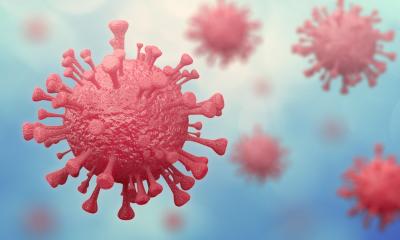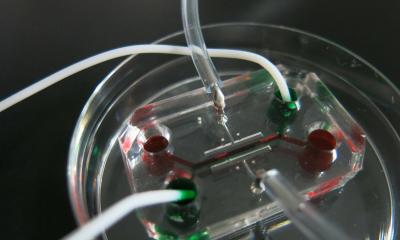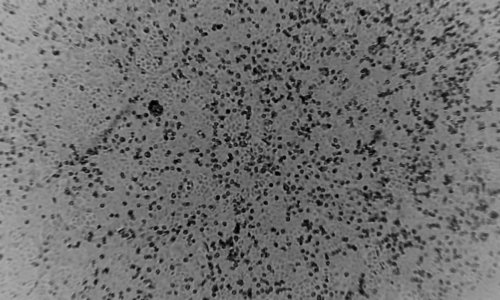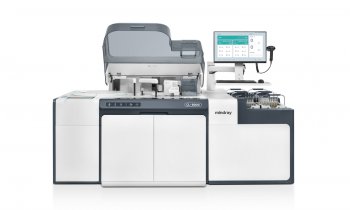News • Deep mutational scanning for SARS-CoV-2
Preparing rapid tests for future coronavirus variants
A research team funded by the US National Institutes of Health (NIH) has shown that commercially available rapid antigen tests can detect past and present variants of concern and has identified potential mutations that may impact test performance in the future.

Image source: NIAID
As new variants of the SARS-CoV-2 virus continue to emerge, concerns have been raised about the performance of rapid antigen tests.
The team, which was funded by NIH’s Rapid Acceleration of Diagnostics (RADx) Tech program, developed a method to evaluate how mutations to SARS-CoV-2 can affect recognition by antibodies used in rapid antigen tests. Since most rapid antigen tests detect the SARS-CoV-2 nucleocapsid protein, or N protein, the team directly measured how mutations to the N protein impacted diagnostic antibodies’ ability to recognize their target. “Rapid antigen tests remain an important Covid-19 mitigation tool, and it is essential to ensure that these tests can detect the SARS-CoV-2 virus as it continues to evolve,” said Bruce J. Tromberg, Ph.D., director of the National Institute of Biomedical Imaging and Bioengineering (NIBIB) and lead for the RADx Tech program at the NIH. “Considering the endless cycle of new variants, the data from this study will be useful for years to come.”
The study, published in Cell, used a method called deep mutational scanning to simultaneously evaluate how any single amino acid substitution in the N protein could affect diagnostic antibody binding. The researchers generated an exhaustive library of N protein variations, which includes nearly 8,000 single amino acid substitutions – representing more than 99.5% of all possible mutations – and evaluated their interaction with 17 different diagnostic antibodies used in 11 commercially available rapid antigen tests. Rapid antigen tests often employ two different diagnostic antibodies for the detection of SARS-CoV-2.
Recommended article
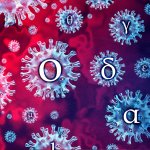
News • Viral subtypes
Coronavirus evolution: 'Even Omicron has three variants'
Professor Richard Neher from the Biozentrum of the University of Basel is using his Nextstrain platform to investigate which variants of the SARS-CoV-2 virus are currently circulating worldwide.
For each diagnostic antibody evaluated, the researchers documented which mutations to the N protein affected antibody recognition. From this information, they created an ‘escape mutation profile’ for each antibody, which lists the specific mutations to the N protein that have an effect on the antibody’s ability to bind to its target. While several diagnostic antibodies recognized the same region of the N protein, the researchers found that each antibody had a unique escape mutation profile. As SARS-CoV-2 continues to develop mutations, this data can be used to flag specific antibodies whose diagnostic performance may need to be re-assessed. “Based on our findings, none of the major past and present SARS-CoV-2 variants of concern contain N protein mutations that would affect recognition by antibodies used in current rapid antigen tests,” said first study author Filipp Frank, Ph.D., an assistant professor in the department of biochemistry at Emory University, Atlanta. “Further, this data could inform test design by identifying which diagnostic antibodies should be paired to identify the maximum amount of potential N protein variations.”
“Accurate and efficient identification of infected individuals remains a critically important strategy for Covid-19 mitigation, and our study provides information about future SARS-CoV-2 mutations that may interfere with detection,” said senior study author Eric Ortlund, Ph.D., a professor in the department of biochemistry at Emory University. “The results outlined here can allow us to quickly adapt to the virus as new variants continue to emerge, representing an immediate clinical and public health impact.”
While many variants of concern contain multiple mutations to the N protein, the study authors note that their method does not evaluate how multiple mutations could affect diagnostic antibody recognition, representing a limitation of the study.
Source: National Institutes of Health
16.09.2022



